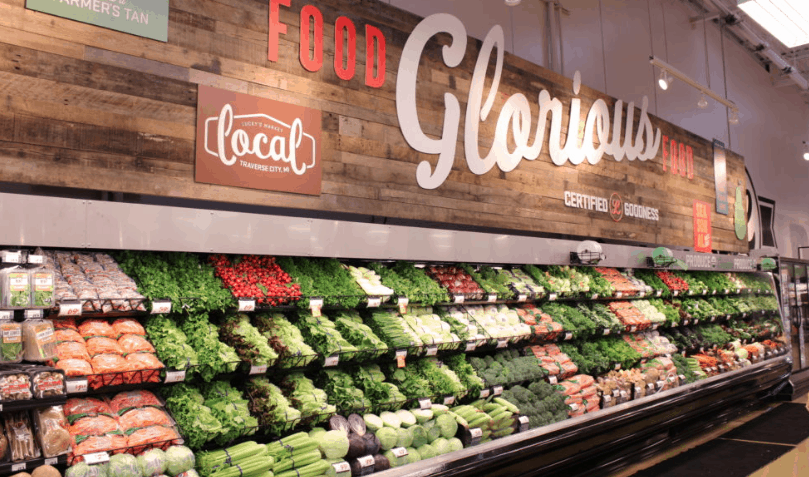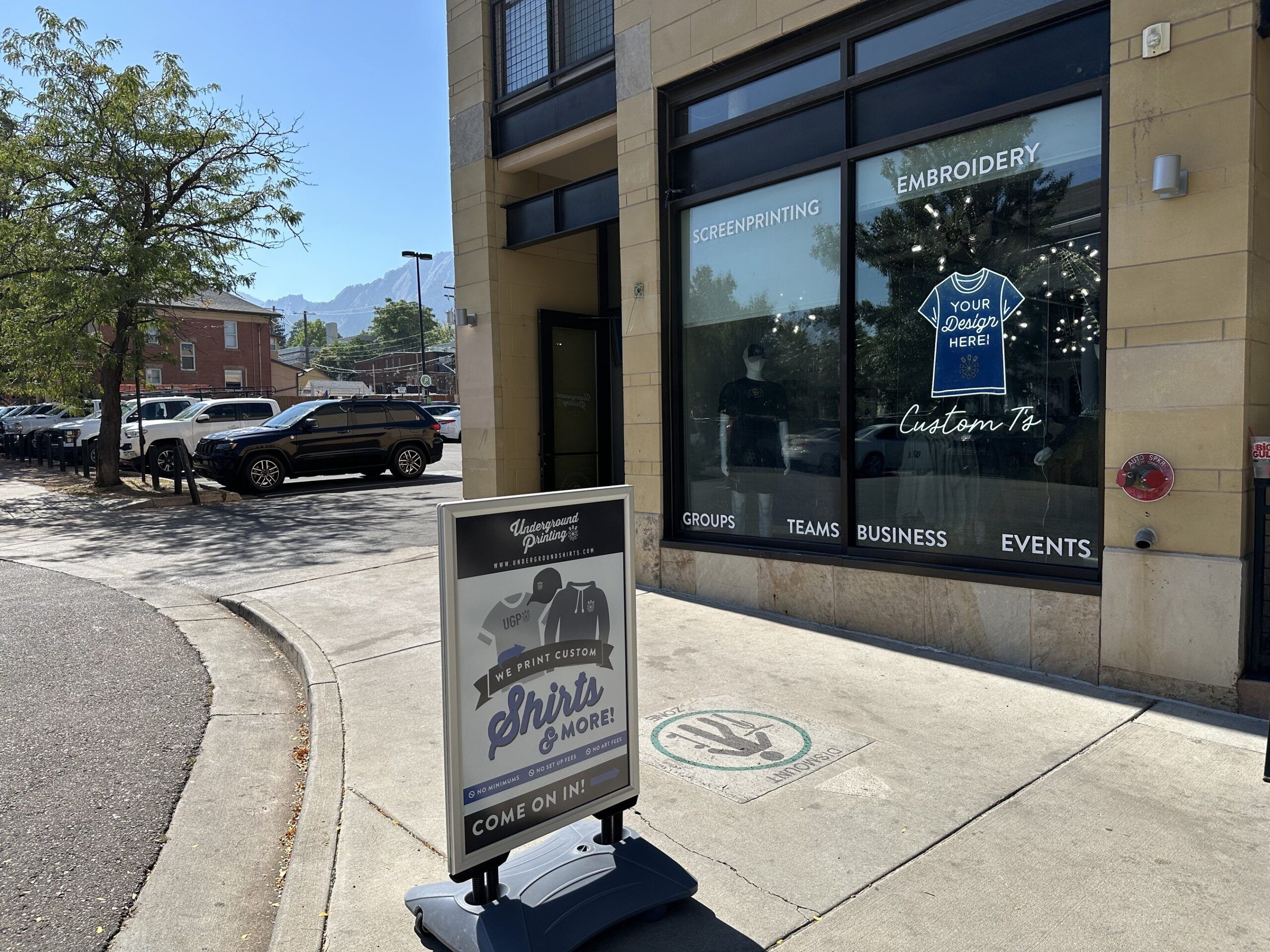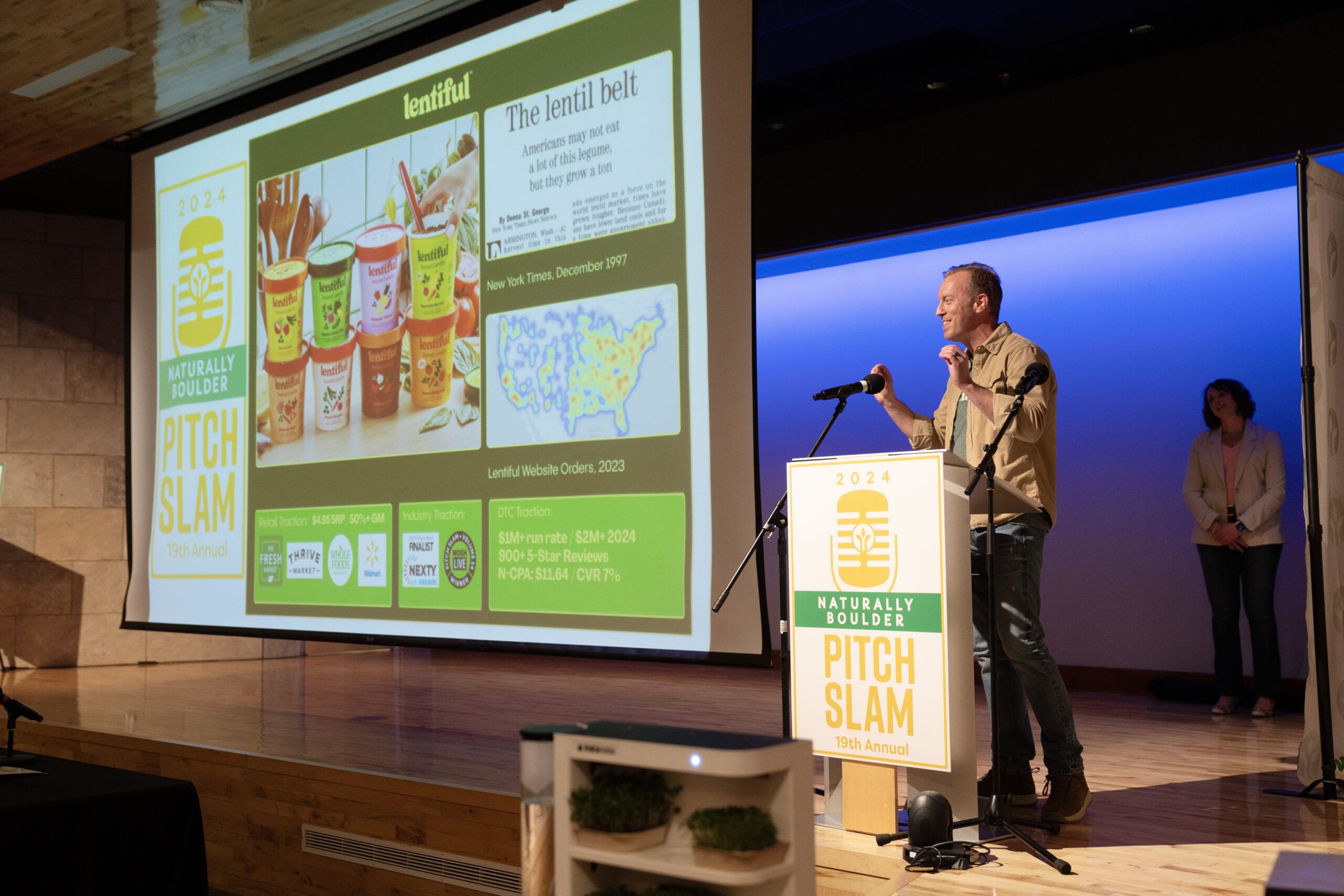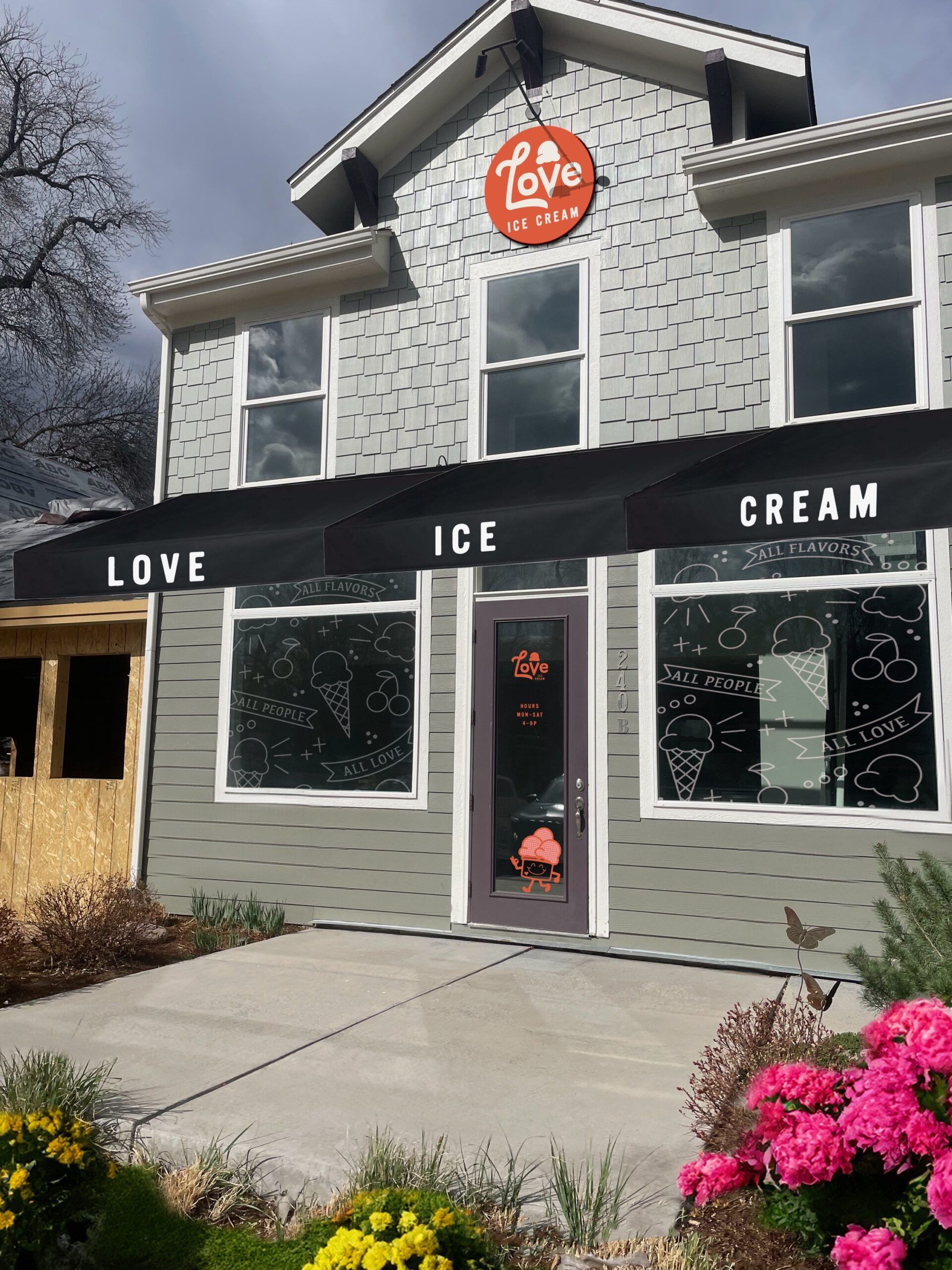Court filings: Lucky’s owes Kroger more than $301M

NIWOT — Lucky’s Market amassed crushing debt of more than $301 million to grocery giant Kroger Co. (NYSE: KR) in the roughly four years since Kroger invested in the company, according to documents filed Monday in U.S. Bankruptcy Court in Delaware. That debt culminated in the Niwot-based natural grocery’s Chapter 11 bankruptcy filing Monday.
Bankruptcy-court documents — including an illuminating affidavit from Lucky’s chief financial officer Andrew Pillari — provide new insights into Lucky’s precarious financial position and dubious decisions to expand since the Kroger investment in April 2016. Lucky’s grew from 17 stores to 39 at the time of the bankruptcy filing, with another 19 stores in planning or under construction.
In September 2016, Kroger provided Lucky’s with a secured loan of $23,328,810. A second agreement for a new $25,177,640 loan was struck in August 2017. Later that year, the parties “entered into agreements subsequently to, among other things, lend [Lucky’s] additional amounts over time,” according to the affidavit. By the time Lucky’s filed for bankruptcy, the loan balance was $301,156,450.
SPONSORED CONTENT
When the Chapter 11 petition was filed, Lucky’s had $15 million in cash and cash equivalents on hand, $425 million in assets, and approximately $600 million in liabilities, court documents show.
Bankruptcy documents show the company has between 10,001 and 25,000 creditors. The firm’s largest creditors include United Natural Foods Inc., Black Business Investment Fund Inc., Sherwood Food Distributors, Snyder Construction Inc., Caito Foods Service, Quad/Graphics Inc., Gourmet Foods International, J Raymond Construction Corp., Bunzl Holdings Inc. and Schmid Construction.
“Most recently, fiscal year-to-date through January 4, 2020, the Company had approximately $22 million of store operating losses and approximately $100 million net loss,” according to Pallari’s affidavit. Year-to-date comparable-store sales were down 10.6 percent from the same period a year ago.
When deciding which store locations to close and/or sell to the likes of Aldi and Publix, Lucky’s leaders considered “current occupancy costs, historical store profitability, recent and projected sales trends, specific circumstances related to a store’s performance, current liquidity, and whether any firm offer for such store was obtained or likely available from third parties,” court documents say. If the firm opted not to close the 32 stores it has identified, those stores would collectively generate approximately $30 million in operating losses this year alone.
Lucky’s officials have determined that the company would require an additional $100 million in financing to continue operations until achieving positive cash flow.
It’s not just Lucky’s sales that have dwindled in recent years, but also its workforce.
According to bankruptcy filings, the company had roughly 3,100 employees as of last week. In May 2019, a company official told BizWest that Lucky’s employed 3,990 workers.
These figures support an observation made to BizWest by Longmont Lucky’s employee Jeanne Papish, who said managers have been seeking ways to reduce labor costs.
“The writing was on the wall,” she said of the Longmont store closure. “At the Apothecary [department, which sells natural and herbal health and nutrition products], our hours had been cut drastically.”
Employees who lose their jobs as a result of store closures are eligible for severance pay based on their position and tenure with the company.
Lucky’s executives “estimate that the amount of severance payments due at that time will be $3.2 million,” court documents say.
Lucky’s “ability to successfully operate is contingent on a reliable and loyal workforce,” Pillari wrote in his affidavit. “… I believe that the loss of even a few key personnel would immediately and irreparably harm [Lucky’s] ability to maintain operations to the detriment of all interested parties.”
The beginning of the end for Lucky’s as it currently exists began about five years ago, court documents suggest.
“Beginning in 2015, the company developed and sought to execute on a strategic growth plan, which included accelerated growth in new and existing markets, with a focus on developing stores in Florida,” according to the bankruptcy filing. “The Company’s strategic growth plan required, among other things, significant upfront investment.”
That investment came mainly from Kroger, which invested an undisclosed sum in Lucky’s to form a “strategic partnership” with the local chain in 2016.
Soon after, Lucky’s footprint expanded and eventually included 20 stores in Florida.
“They opened too many stores too fast in too many markets,” Neil Stern, a retail industry analyst and senior partner at Chicago-based consulting firm McMillanDoolittle LLP, told BizWest. Once a company spreads itself so thin, “it becomes really challenging to efficiently run operations.”
Bankruptcy documents back up these assertions.
Lucky’s “expansion in Florida coincided with, among other things, increased competition in the grocery industry, including expansions from competing chains such as Sprouts Farmers Market, Fresh Thyme Farmers Market and Earth Fare,” according to filings. “As a result, notwithstanding the growth in sales, the portfolio of company stores was unable to achieve sustainable four-wall profitability.”
NIWOT — Lucky’s Market amassed crushing debt of more than $301 million to grocery giant Kroger Co. (NYSE: KR) in the roughly four years since Kroger invested in the company, according to documents filed Monday in U.S. Bankruptcy Court in Delaware. That debt culminated in the Niwot-based natural grocery’s Chapter 11 bankruptcy filing Monday.
Bankruptcy-court documents — including an illuminating affidavit from Lucky’s chief financial officer Andrew Pillari — provide new insights into Lucky’s precarious financial position and dubious decisions to expand since the Kroger investment in April 2016. Lucky’s grew from 17 stores to 39 at…





